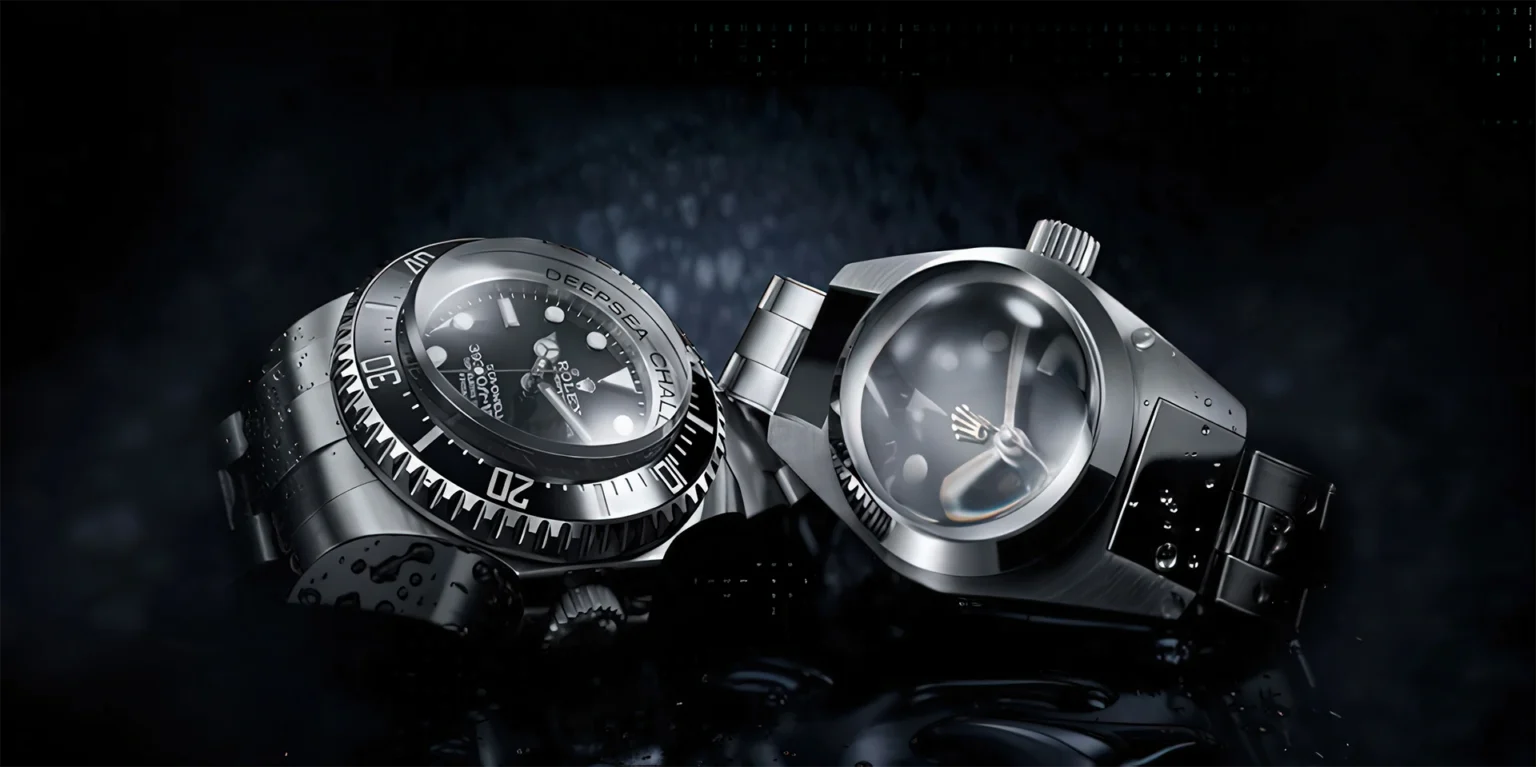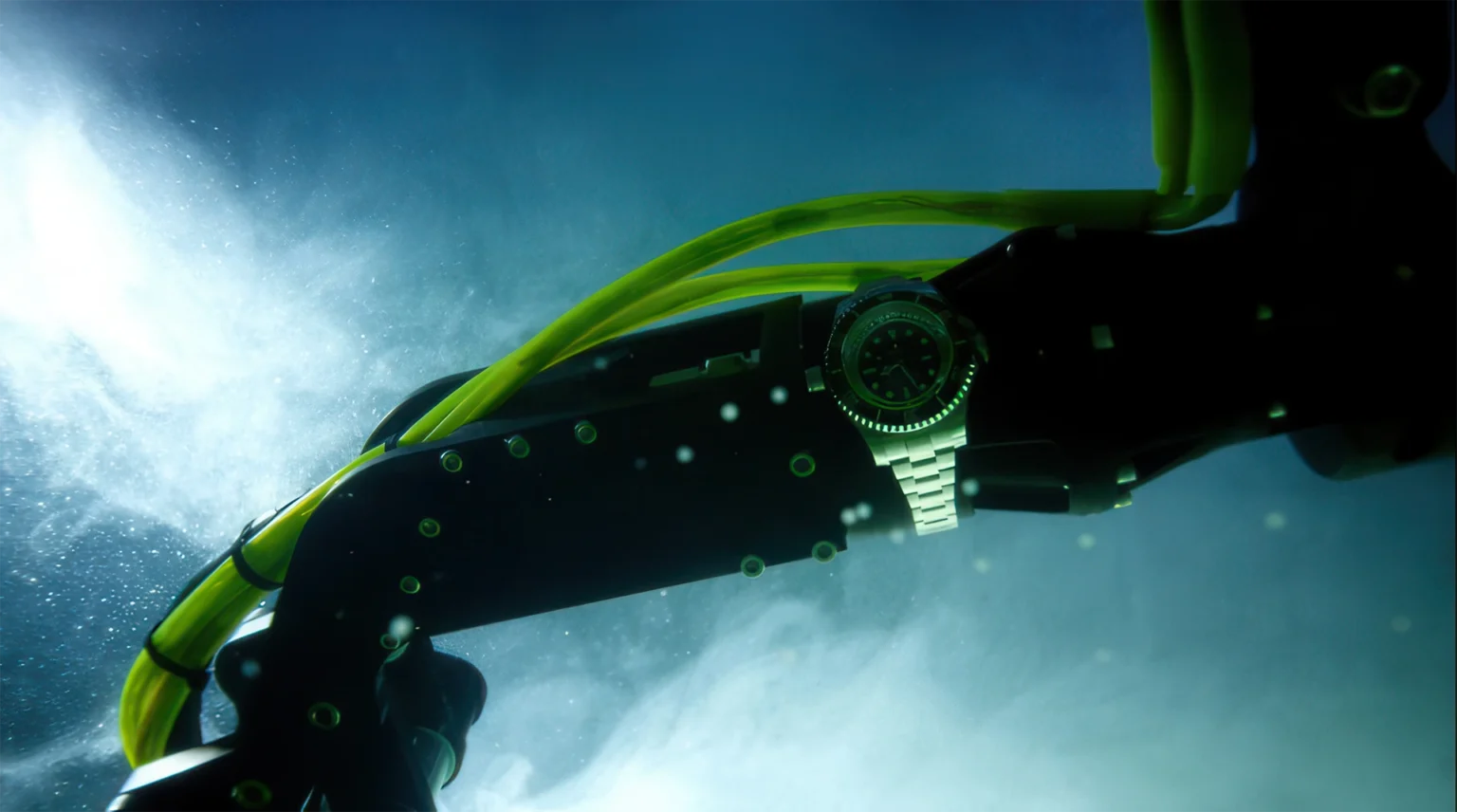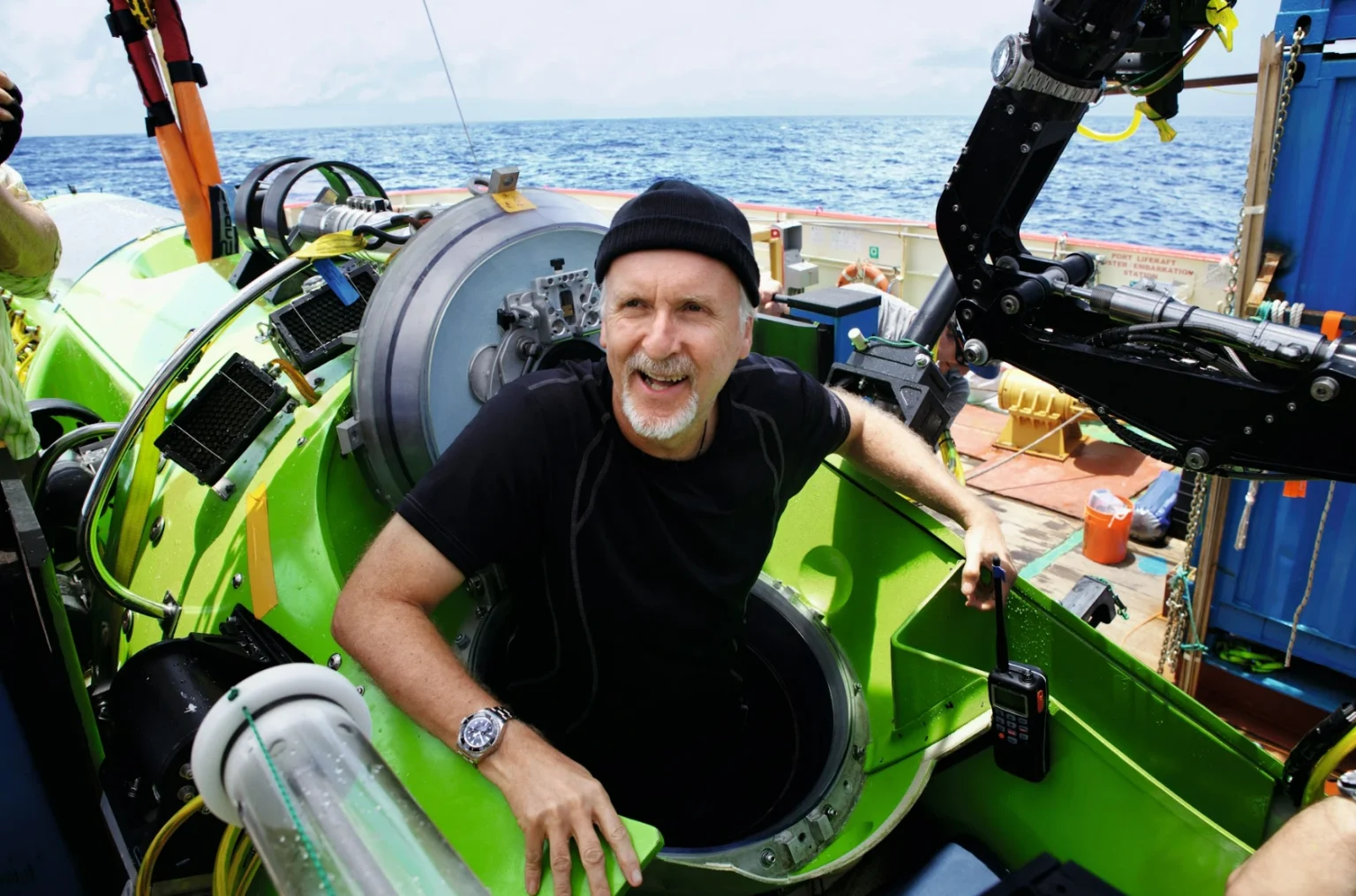A little over 62 years ago, Rolex made history with a very special achievement, as it has many times before. In January 1960, the brand decided to participate in an underwater expedition led by Jacques Piccard, a Swiss oceanographer and scientist, and Don Walsh, a U.S. Navy lieutenant.
The two men successfully reached the deepest known point in the ocean at the time aboard the Swiss-designed submarine "Trieste". On January 23, 1960, Trieste reached the bottom of the Mariana Trench in the Pacific Ocean. Rolex attached the Deepsea Special to the submarine's hull, an experimental model specially designed to withstand the incredible pressure exerted at 10,916 meters below sea level. It was previously believed that no submarine, let alone a watch, could withstand the pressure at such depths.

This watch symbolizes the collaboration between Jacques Piccard and his father Auguste Piccard, the inventor of the bathyscaphe. Furthermore, this watch also proved the superiority of the waterproof technolgy invented by Rolex, which they perfected over the years. Rolex has always associated its name with the exploration of our planet's far-flung and inaccessible places. The Swiss brand has constantly pushed the boundaries of research and development throughout its 100-year history, and has greatly contributed to technological advances. All this was done under the guiding spirit of its founder, Hans Wilsdorf, who embodied this unique, unchanging philosophy.
The Swiss brand has always had strong ties with the sea, the oceans and, more specifically, with the abysses and the most hidden and inaccessible places known to man. Rolex has always been involved in new experiences and endeavors of this kind. The Trieste dive into the depths of the Pacific Ocean is not the only initiative the Swiss brand has participated in. The Rolex Oyster Perpetual, an elegant, rugged and reliable model, was worn by Sir John Hunt, Sir Edmund Hillary and Tensing Norgay during their 1953 Everest summit expedition. In fact, Tensing Norgay and the other climbers wore a prototype of the 1952 Rolex Explorer, as the official model was not released until the following year.

If we go back a few years to 1947, Chuck Yeager wore a Rolex when he broke the sound barrier. Jacques Piccard, Auguste Piccard, Don Walsh and their bathyscaphe followed in the footsteps of the previously mentioned adventurers and put their technology to the test, testing the performance of the Deepsea Special model, which was still in its experimental phase at the time. According to the Swiss brand, the following telegram was sent by Jacques Piccard to the Rolex headquarters when the Trieste resurfaced after its record-breaking dive in 1960:
From the very beginning, such achievements turned Rolex into a real laboratory and home for studying and testing the limits of new models. The Swiss brand, with its unique and completely oversized research and development department, started to test the watches of the Oyster line in a nautical environment. What made Rolex really special in this sector was its water resistance. Rolex invented the first waterproof watch in 1926 and this feature is basically what makes the Oyster line unique. The watch was also worn by Mercedes Gleitze during the Channel crossing.
Today, this water resistance is the main feature of every Rolex Oyster Perpetual model. As for watches specifically designed for underwater exploration, the brand always aimed to be the industry leader through a number of innovations developed between the 1940s and 1950s.
Over the last century, technological advances in deep-sea diving have led to a huge interest in underwater exploration. As a result, the diving industry has become very demanding of Rolex watches, which quickly became critical tools for diving activities. Such is the case with the iconic Submariner, which was first released in 1953 and is now water resistant to 300 meters. The Sea-Dweller model, introduced in 1967, is water resistant to an even greater depth: initially 610 meters, then 1,220 meters since 1978. The Rolex Deepsea was tested for years and launched in 2008, demonstrating once again Rolex's supremacy in water resistance technology. In fact, this model is waterproof to a depth of 3,900 meters.
Each Rolex Deepsea is individually tested in Geneva in a hyperbaric chamber specially designed for this type of performance check. The hyperbaric chamber was developed with the help of engineers from Comex (Compagnie Maritime d'Expertises), a famous French company specialized in underwater engineering and hyperbaric technologies. Rolex has been working with Comex for decades, providing diving watches to elite professionals for their dives.

The Rolex watches we covered so far epitomize research, attention to detail, technology and development. As the Swiss brand's official website mentions, the Rolex Deepsea and the experimental Deepsea Challenge models are closely related to the submarine used by James Cameron during his filming. They represent the convergence of different aspects in a single point. It starts with the human adventure and leads to technological innovation, stylistic excellence, resilience and durability. All this is perpetuated over time thanks to Rolex's unique spirit, which was born at the dawn of the 20th century thanks to its former president Hans Wilsdorf's strong personality.
Rolex's connection with underwater exploration does not end there. The brand has been providing long-term support to leading marine research and ocean exploration specialists for many years. Rolex also supported James Cameron (director of the Terminator, Titanic and Avatar) on his dives and shoots at the bottom of the sea. James Cameron has always been a great fan of diving. On the official Rolex website, he talks about how the legendary Submariner became his faithful ally on his incredible adventures, allowing him to go further and further.
[...] from exploring the abyss to conquering the Hollywood heights.
